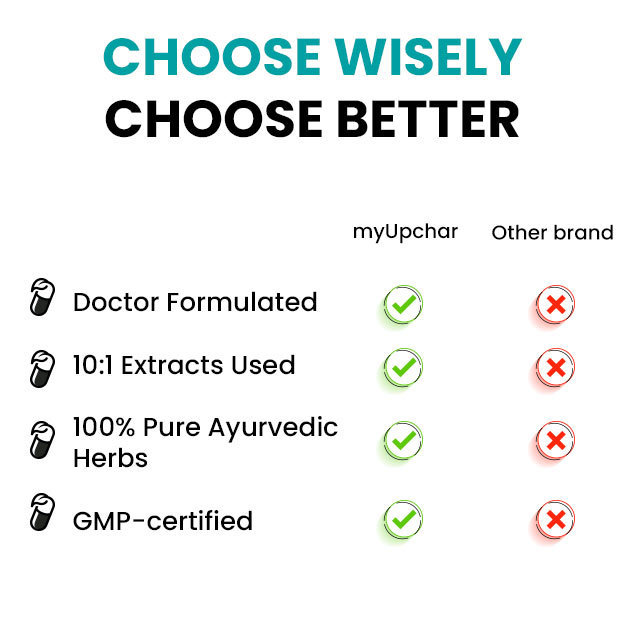Angioplasty and heart bypass surgery are medical procedures used to treat clogged or blocked arteries. Arteries are the blood vessels that carry oxygen-rich blood throughout our body from the brain to the toes. Over time, due to the buildup of a substance called plaque on their inner walls, arteries can become blocked. As a result, blood flow to the body is reduced and in some cases stops completely. This can lead to diseases such as stroke and heart attack.
(Read more - Exercises after bypass surgery: do's and don'ts)





























